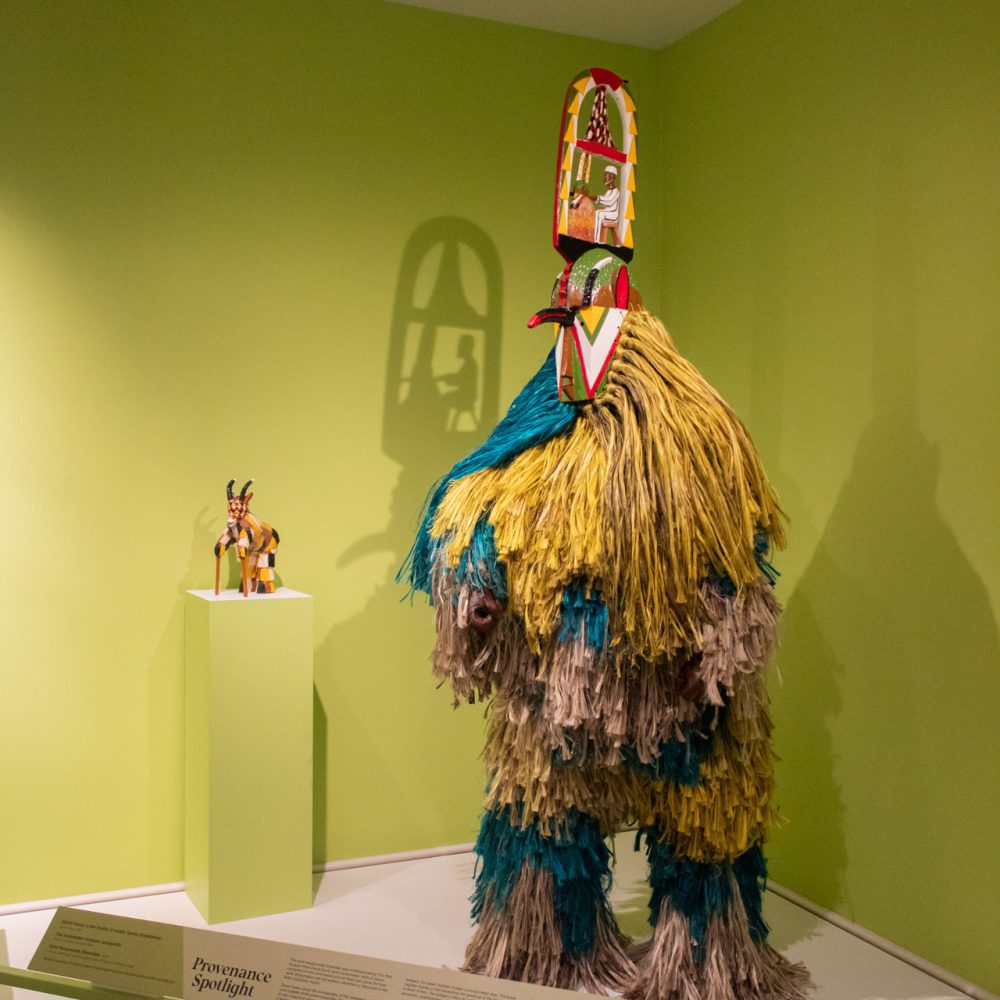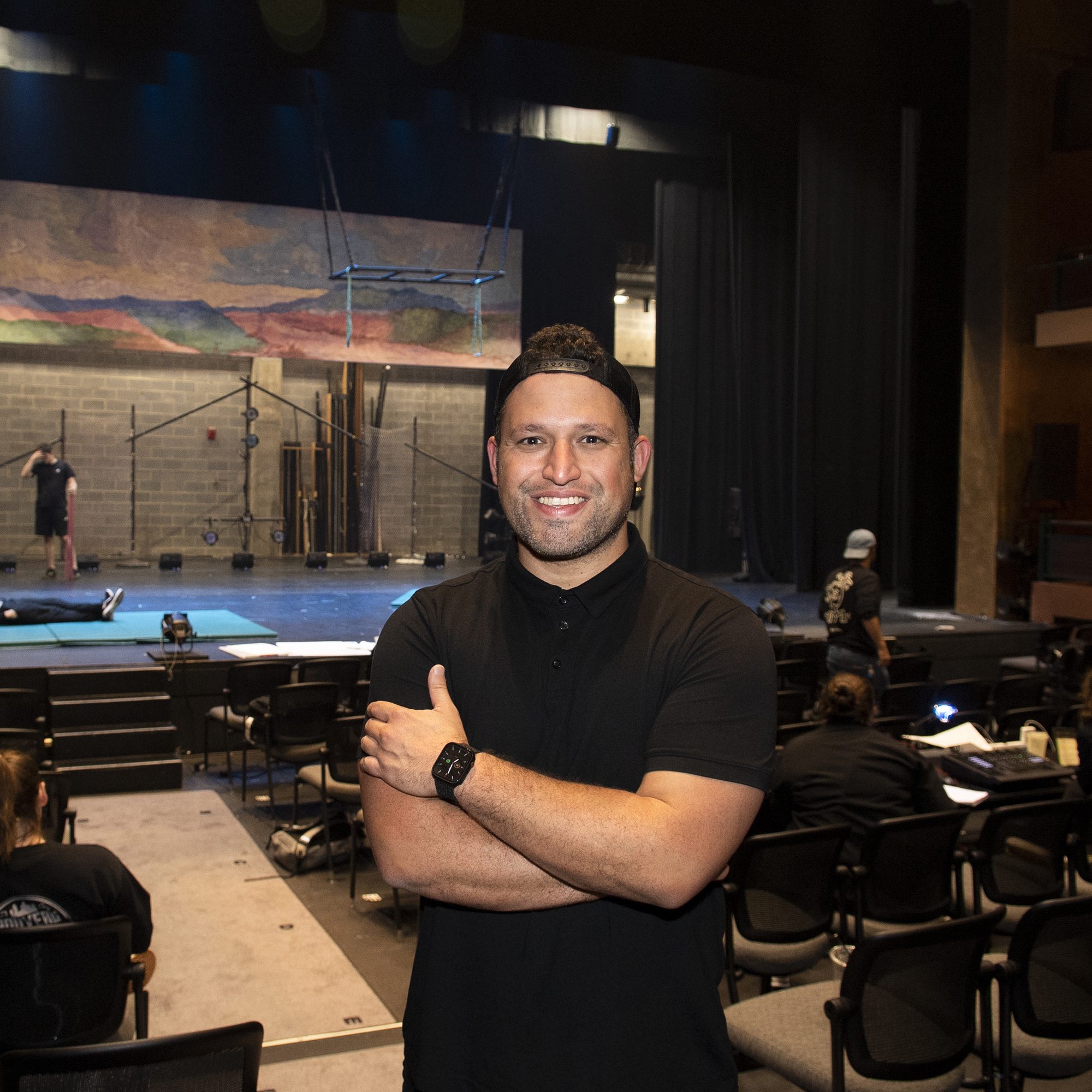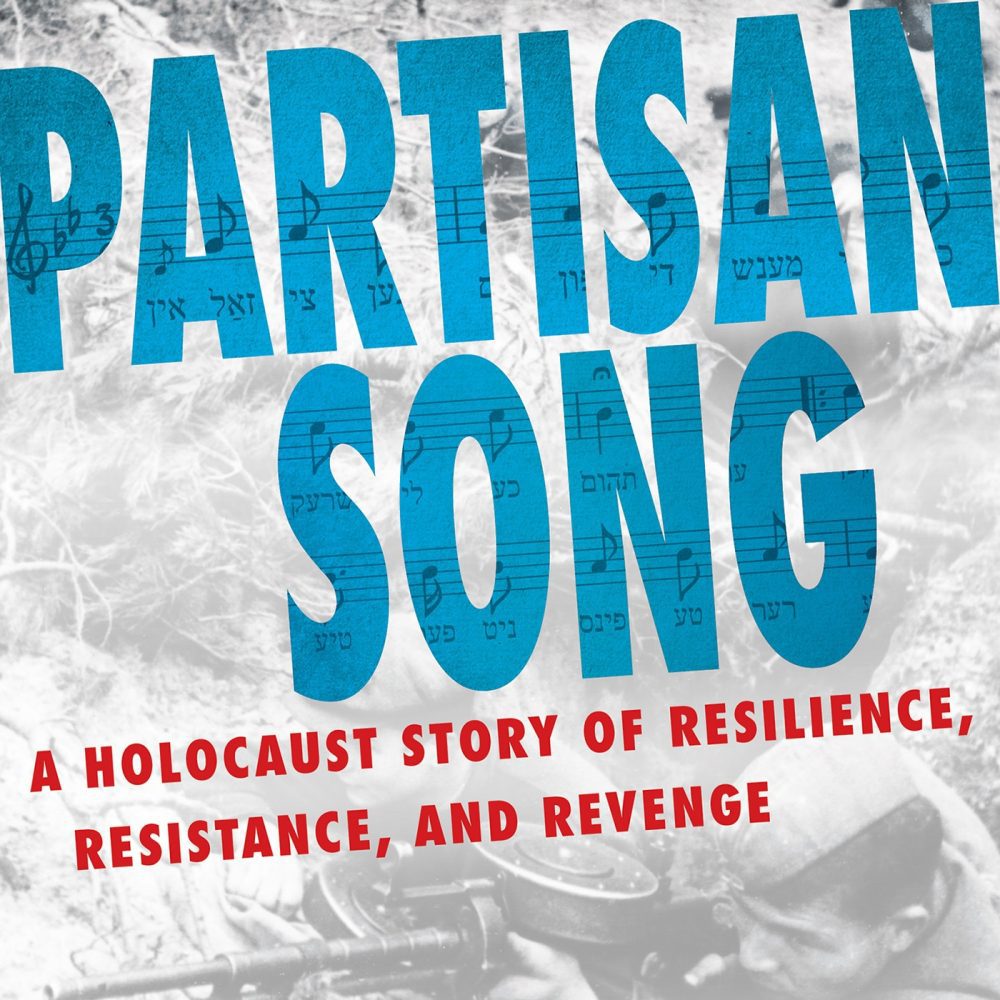Research
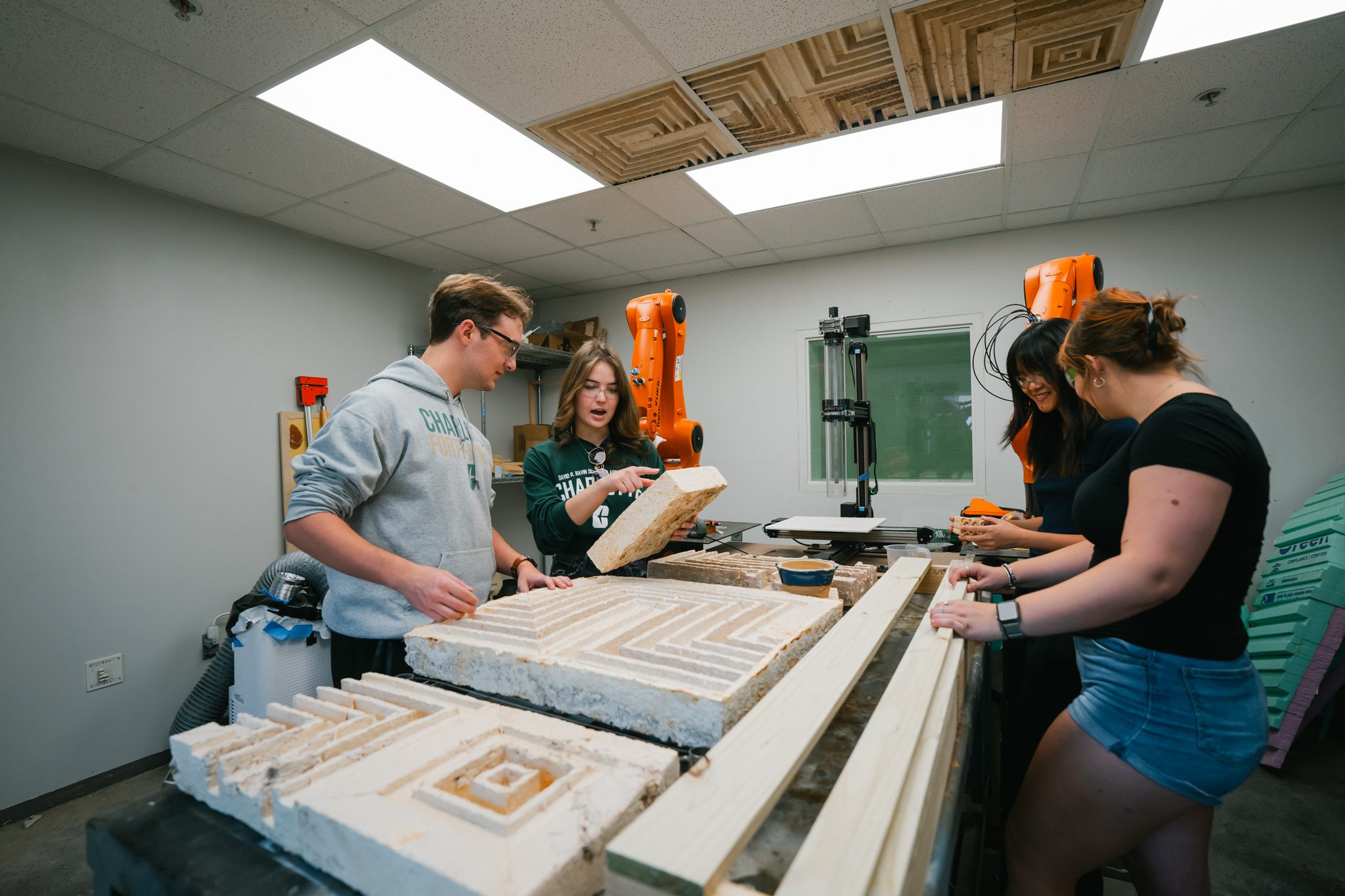
research
In the College of Arts + Architecture, research encompasses a wide array of activities, from scholarly articles to groundbreaking performing practices. See below some examples of research from each of our units, and click through to learn more.
Professor of Art History Jae Emerling is the Associate Dean for Research in the College of Arts + Architecture. The Associate Dean for Research serves as the Dean’s senior research officer and works to advance the mission of the College of Arts + Architecture through the support of the college’s research initiatives (both graduate and undergraduate) and the strategic pursuit of research and extramural funding.
“The College of Arts + Architecture engages in a wide variety of historical, performative, and design-based research. We are in a small set of unique colleges of art and architecture in the nation. We pride ourselves on confronting difficult questions such as: What is the value of practice-led research? What are its strengths and distinctions? What types of knowledge, modes of understanding and insight does our research render visible and intelligible? Research in the CoA+A is recognized for the ways in which theoretical, intellectual, scientific, economic, and historiographic investigation takes place through artistic practice itself. The CoA+A works with faculty to raise the national and international stature of all our research activities through external grant awards as well as building national and international reputations within faculty research fields. We articulate the value of practice-led research for academia and the general public in terms of knowledge-production, social discourse, and economic advancement. The primary goal being to identify the differences involved in artistic research as positives, that is, as unique and invaluable ways that aesthetic, epistemic, and affective solutions to macro-level societal problematics are presented by artists, musicians, actors, painters, etc. Such research confirms that we create new ways of seeing, creating, designing, and inhabiting our world. These goals are also the foundation of our pedagogy. Interdisciplinary arts and architecture education is an essential means of inquiry and knowledge acquisition. Our research efforts aid our students in becoming inquisitive, self-reliant, hardworking, and aware of the differences that comprise the world they share with others.”
—Dr. Jae Emerling, Associate Dean of Research
Research & creative practice spotlights
Professor of Architecture Kyoung Hee Kim began developing microalgae-filled window systems years ago, prompted by an environmental science class in graduate school.
The algae’s greens and blues provide shading from the sun, and a pump circulates air through the system, filtering out carbon dioxide and impurities and releasing fresh, oxygen-rich air. Periodically, the algae can be harvested for other uses, such as biodiesel fuel.
Kim’s work has been funded by grants from the National Science Foundation and the American Institute of Architects. Currently, Kim has an installation at the Innovation Barn in uptown Charlotte, where she and her research team have been testing its performance for six months and are continuing to make improvements.
For Associate Professor of Art History Lisa Homann, two years of curatorial scholarship recently came to fruition in the newly opened African Art Galleries at Charlotte’s Mint Museum. A specialist in West African masquerade practices, Homann was invited to serve as the curator for the reinstalled African art by the chief curator at The Mint Museum. With a detective’s focus, Homann combed through every physical file that the museum had on its African objects and worked directly with collectors to verify as much information about each work as possible. She organized the works into three broad thematic categories and wrote the exhibition panels and labels for every object.
Assistant Professor of Dance Ashley Tate’s research explores dance as a vehicle for community advocacy and a tool for social change. She has presented research at the European Hip Hop Studies Network Conference in Cork, Ireland, and the Dance Studies Association Conference in Washington, D.C. Tate recently organized “To the Beat Y’all: A Hip Hop Symposium,” in which artists, educators, scholars and community members delved into the transformative power of Hip Hop to shape culture, identity and activism.
Tate received a 2025-26 North Carolina Choreographic Fellowship from Trillium Arts to develop a work inspired by Hazel M. Johnson, known as the “Mother of the Environmental Justice Movement.” As she expands the work, she will prepare it for presentations both on the concert stage and in alternative venues.
The Nouveau Sud Circus Project, founded and directed by Associate Professor of Theatre CarlosAlexis Cruz, explores topics of social and political importance through community engaged research and circus arts. Funded by a New England Foundation for the Arts (NEFA) Creation and Touring Grant, Nouveau Sud began touring La Bestia, which addresses immigration and migration in the U.S., in summer 2023 and produced a new version at the Booth Playhouse, Blumenthal Performing Arts Center, in uptown Charlotte in fall 2025.
A decade ago, Professor of Musicology James A. Grymes received a National Jewish Book Award for “Violins of Hope: Violins of the Holocaust—Instruments of Hope and Liberation in Mankind’s Darkest Hour,” published by Harper Perennial in 2014. Since then he has lectured about the book all over the country – including at the United Nations – and has been interviewed by preeminent news outlets such as the New York Times and the Wall Street Journal.
Grymes’s newest book, “Partisan Song: A Holocaust Story of Resilience, Resistance, and Revenge,” chronicles the story of Moshe “Uncle Misha” Gildenman. After Nazis occupied his hometown in Ukraine and killed 2,200 Jews, including his wife and daughter, Gildenman formed one of the most successful partisan units in the guerilla war to liberate Ukraine.
Recent research News
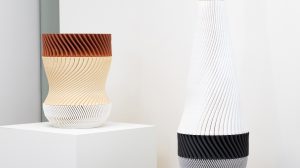
Seven faculty in the College of Arts + Architecture are among the 137 recipients of 2025 Artist Support Grants allocated…
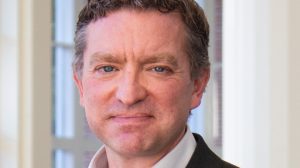
Blaine Brownell will present forward-thinking material strategies for designing and building to withstand disasters.
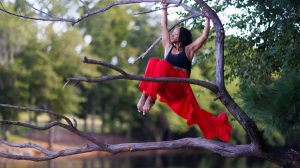
Associate Professor of Dance Tamara Williams is one of 25 dance artists to receive a Dance/USA Fellowship to Artists. Established…
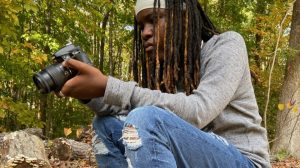
An interdisciplinary team of six UNC Charlotte researchers and three local youth arts organizations has received a $500,000 grant from…
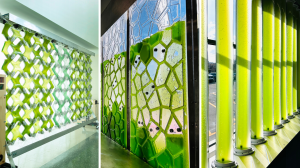
Professor of Architecture Kyoung Hee Kim began developing microalgae-filled building façade systems years ago, prompted by an environmental science class…
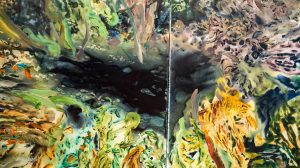
On her first trip to the United States, when she was still a graduate student in her native Poland, Maja…

Assistant Professor of Dance Ashley Tate recently spoke with The Charlotte Observer about the inspiration behind her upcoming Hip-Hop conference,…
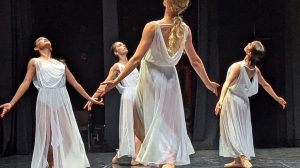
Assistant Professor of Dance Alyah Baker’s “juste, juste” was performed August 24.

